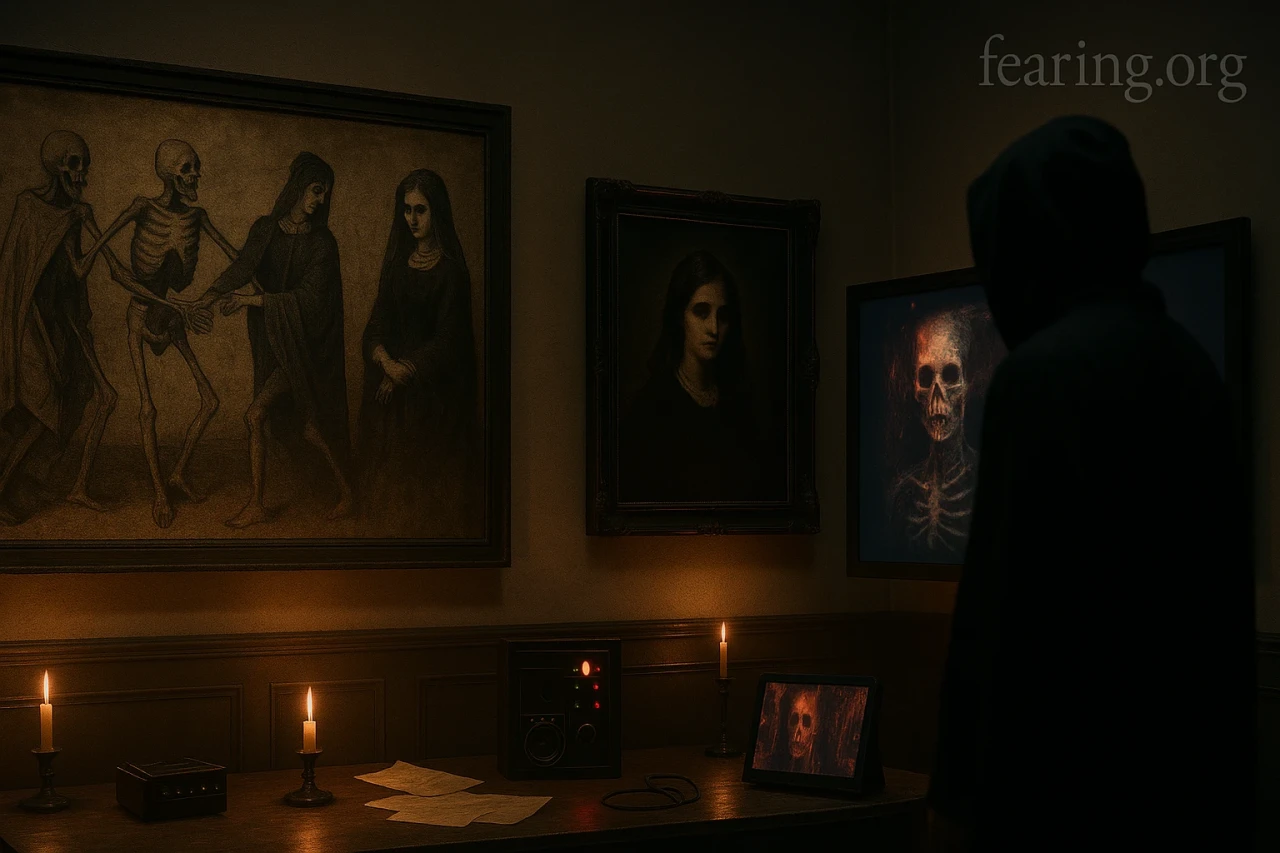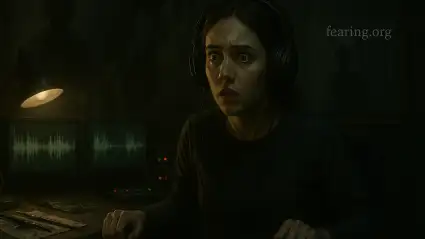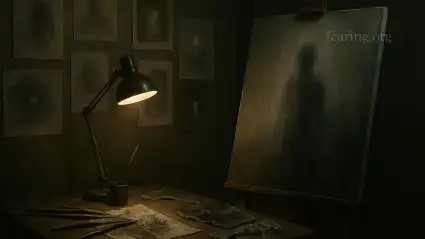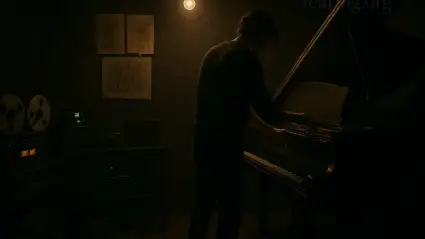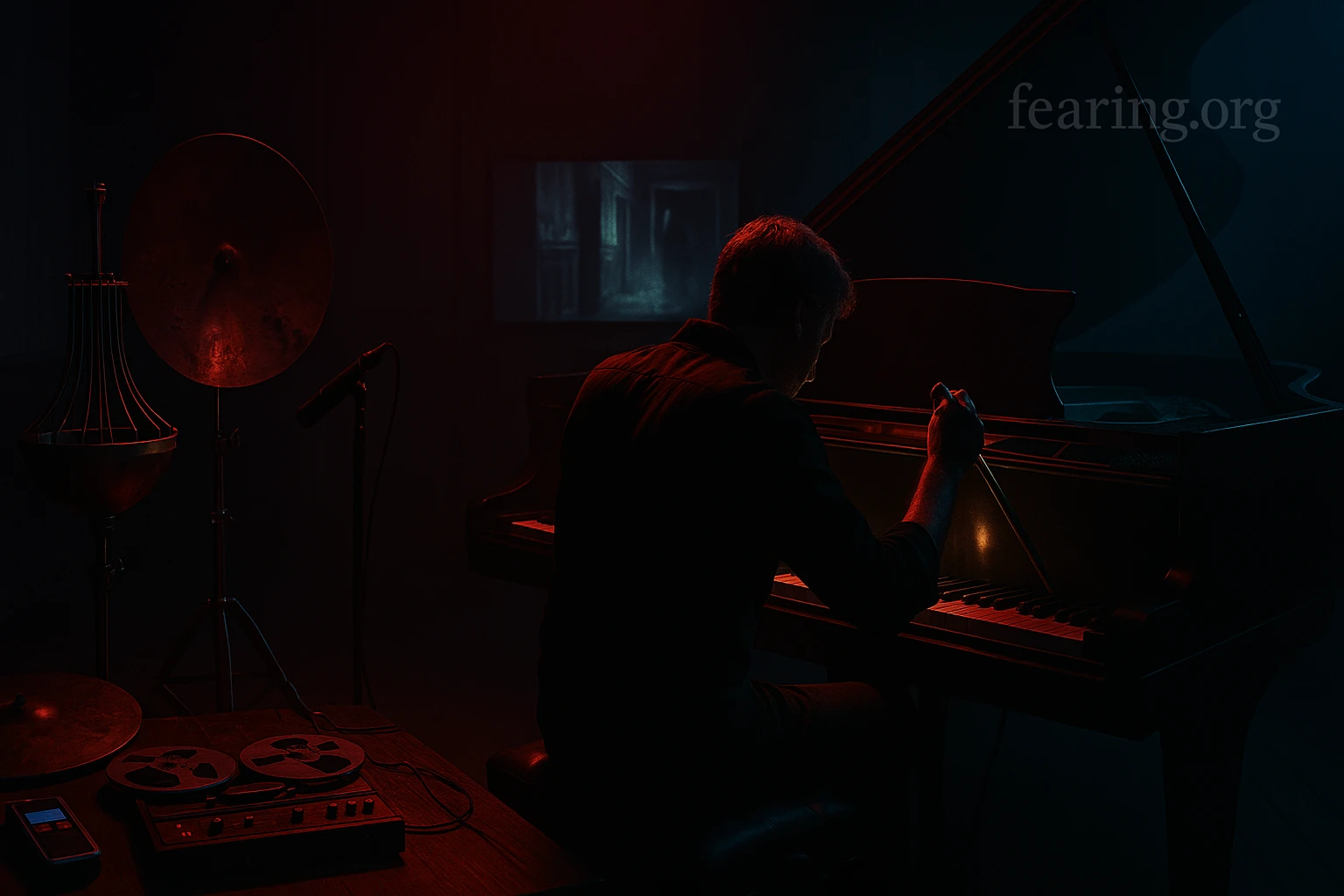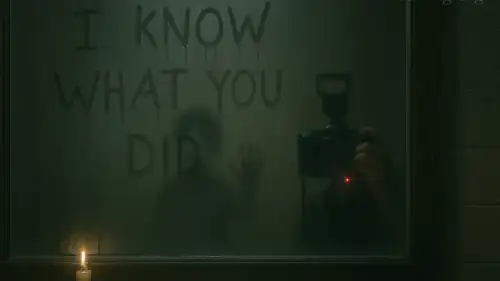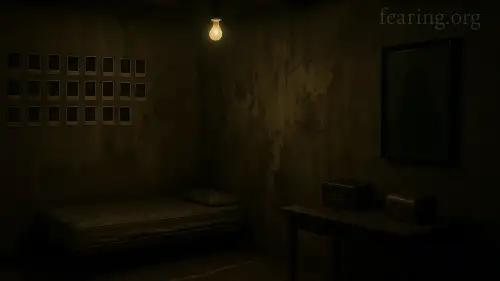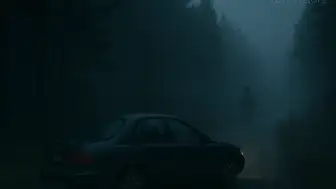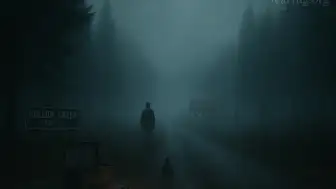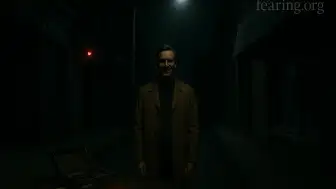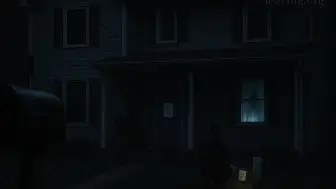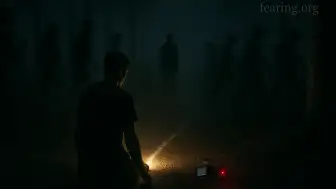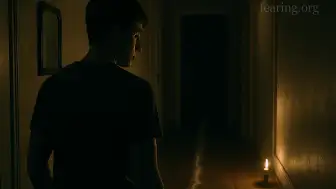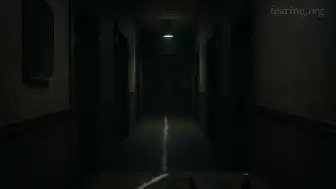Skulls. Blood. Shadows. Screams frozen in oil. Macabre art has existed as long as humans have grappled with death. But where does this morbid fascination come from, and how has it evolved over time? From medieval frescoes to modern digital nightmares, the dark history of macabre art tells us more about ourselves than we might want to admit.
"Macabre art doesn’t glorify death—it reminds us we’ll meet it."
In this exploration of horror through brushstrokes and ink, we’ll uncover the movements, themes, and artists who’ve made death their most loyal muse.
💀 Medieval Europe: Memento Mori and Danse Macabre
Memento mori ("remember you must die") art emerged in Christian Europe to remind the living of their mortality
Common symbols: skulls, rotting corpses, hourglasses
Danse Macabre imagery featured skeletons leading rich and poor alike to the grave
This wasn’t just about fear—it was moral instruction. No one escapes the dance.
🖤 Renaissance: Death Becomes Theatrical
Artists like Hans Holbein created detailed woodcuts of death interacting with everyday life
The plague, religious upheaval, and political violence fueled an obsession with decay and divine judgment
Skeletons became actors on a moral stage
Macabre art was not taboo—it was part of public conversation.
🎭 Romanticism and the Sublime
The 18th–19th centuries saw a shift: fear became aesthetic
Painters like Francisco Goya embraced grotesque, dreamlike horror in works like Saturn Devouring His Son
Macabre art now explored madness, violence, and the supernatural
Romantic horror art stirred the soul as much as it chilled the blood.
"Terror was no longer divine punishment—it became inner torment."
🖼️ Victorian Era: Death Gets Domestic
Mourning art, post-mortem photography, and death portraiture became fashionable
Miniature portraits of dead children, locks of hair in jewelry, and painted death masks were common
The line between remembrance and horror blurred
Macabre became a language of grief—and denial.
🧠 Surrealism and Symbolism
Artists like Salvador Dalí and Odilon Redon used surreal, dreamlike images to explore death, rebirth, and fear
Death became abstract—less about decay, more about existential dread
Symbolist painters used masks, monsters, and shadows to depict psychic pain
The horror moved from the outside world to the mind.
🧬 20th Century: War, Trauma, and Industrial Horror
Post-WWI and WWII art was deeply shaped by trauma
Artists like Otto Dix depicted mutilated bodies and battlefield nightmares
The atomic age introduced a new kind of horror: invisible, global, unstoppable
Macabre art was now documentary, political, and personal.
🎨 Contemporary Horror Art
Artists like Zdzisław Beksiński create bleak, post-apocalyptic dreamscapes
Digital artists use AI, 3D modeling, and glitch aesthetics to build terrifying visions
Macabre imagery now blends with technology, folklore, and psychology
Today, horror is everywhere—from gallery walls to Instagram feeds.
:::tip 🔍 Hashtags like #darkart and #macabreart have millions of posts, proving the genre’s global reach. :::
🔮 Why We Keep Looking
Macabre art confronts what we’re taught to avoid: decay, grief, the unknown
It offers catharsis, confrontation, even beauty
In every era, it adapts to what society fears most
"We don’t stare at the void because we love it—we stare because it stares back."
From ancient tomb paintings to digital nightmares, macabre art reflects the emotional and cultural underworld of humanity. It is not simply about death—it’s about what we think comes next.
And in the silence between the strokes, it asks: Are you ready to look? 🖤🎨🩸

